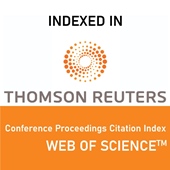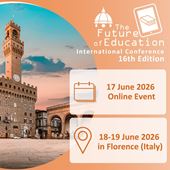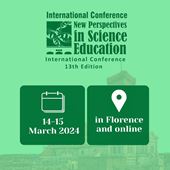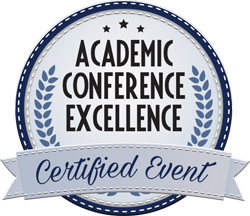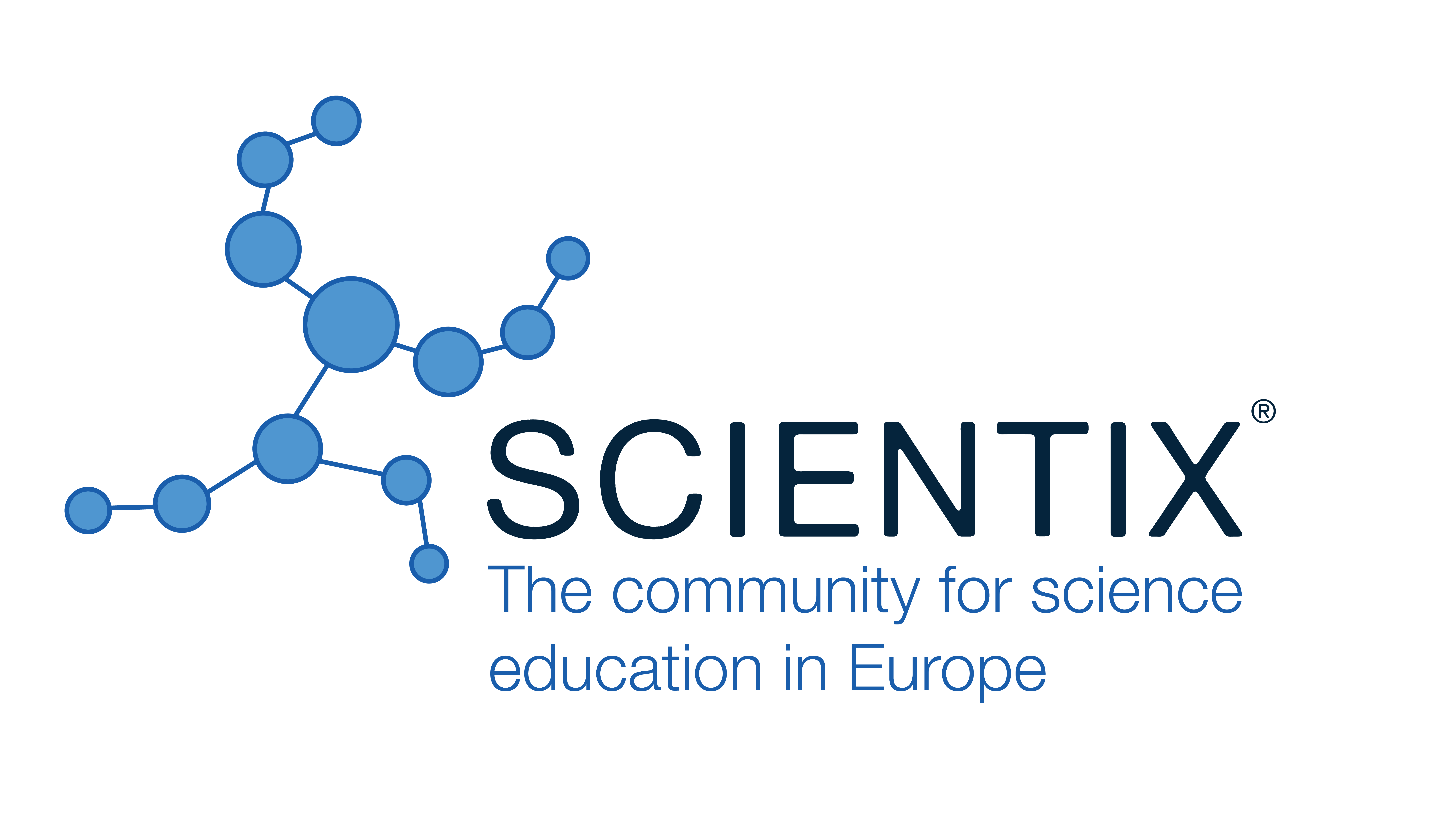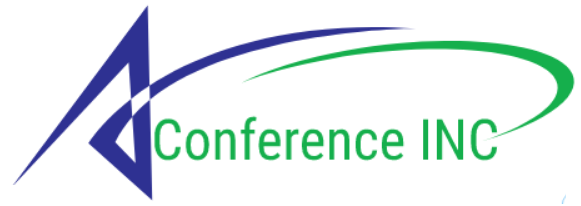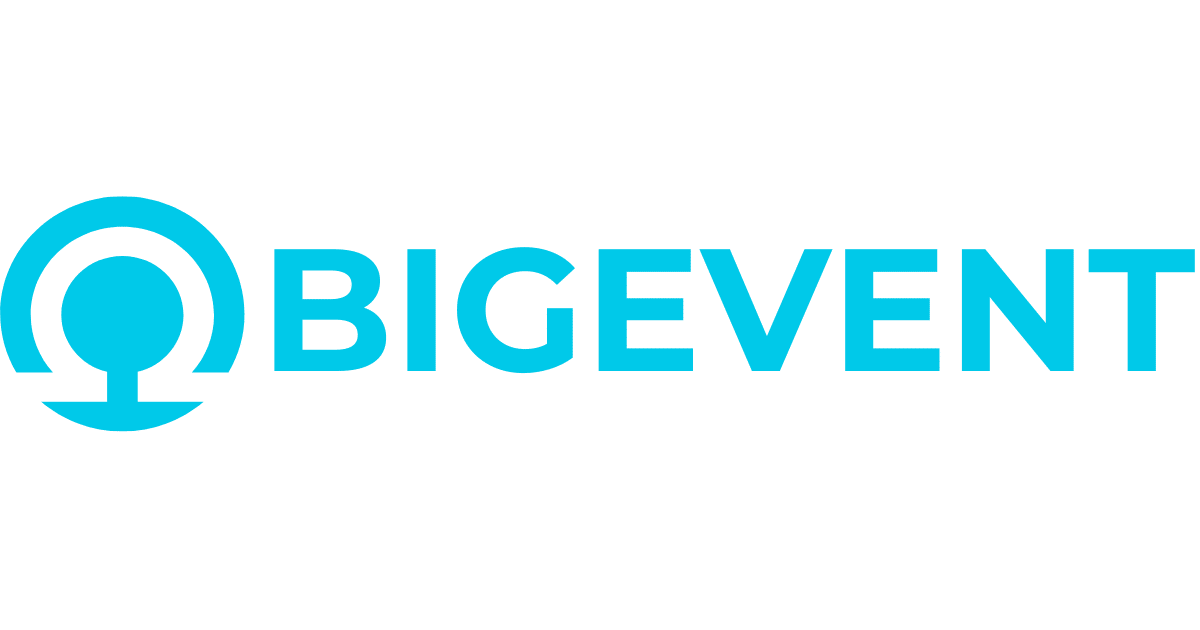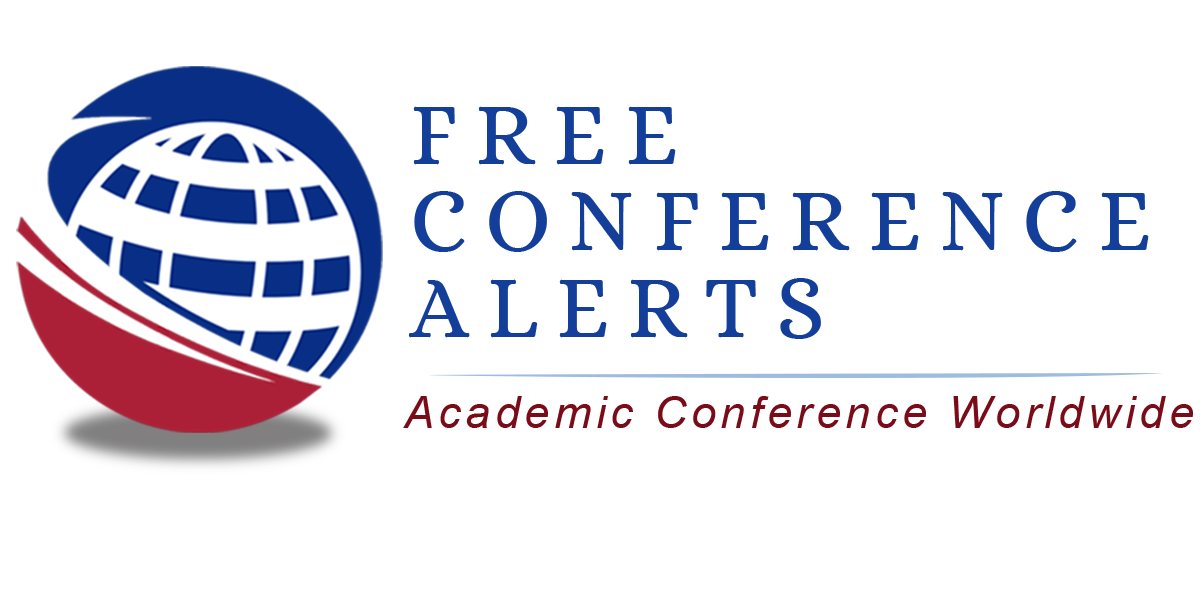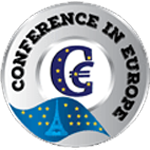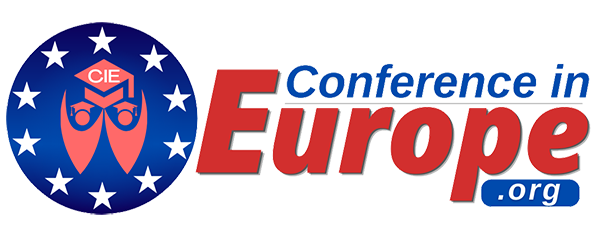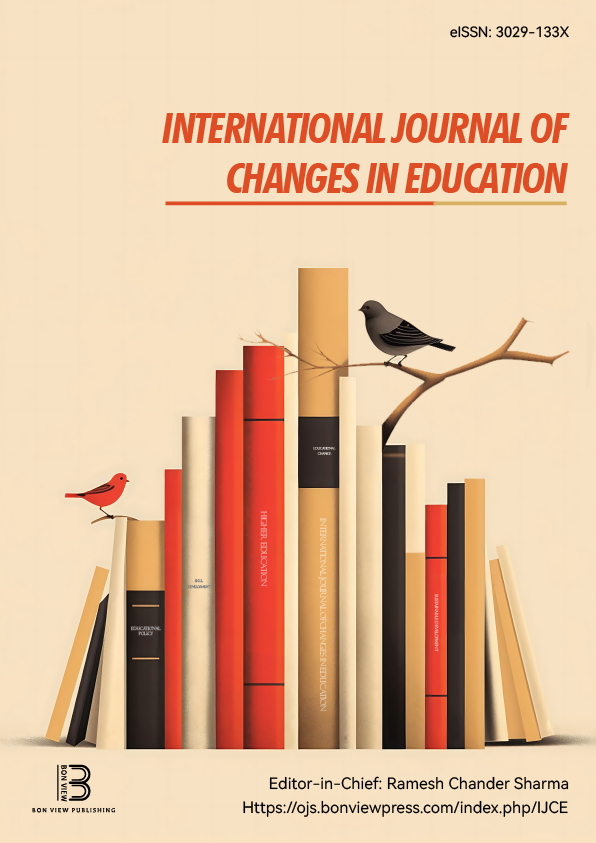Challenges within the Evolving Landscape of Italian Language Education within US Higher Education
Jonathan R. Hiller, Adelphi University (United States)
Abstract
Similar to other western European languages, Italian has reached a critical juncture at institutes of higher learning in the United States, with declining enrollments and students majoring and minoring in the language. While Italian retains an enduring appeal due to the longstanding affinity between US university students and Italy (primarily those of Italian-American origin), the challenges that have emerged in recent years pose a dire threat to Italian’s continued relevance. This paper addresses the future trajectory of Italian language education within the US from the perspective of fifteen years of experience teaching within a typical northeastern US university context. It considers evolving pedagogical approaches, technological integration, and shifting demographics and motivations of learners. A particular challenge is that Italian, which continues to be embraced for its rich cultural heritage, has diminished perceived professional unity, a perception that needs to be met head on.
Drawing from the presenter’s experience, the paper argues that future success hinges on using innovative methodologies that move beyond grammar-focused instruction, which remains the standard from K-12 and beyond in the US despite decades of research indicating that more communicative methods are more effective. Now more than ever, instructors should be using authentic materials, fostering immersive engagement through experiential (i.e. abroad) experiences and technological means (such as virtual reality and interactive platforms), Promoting communicative competence through task-based learning and real-world simulations is especially essential given emphasis on professional prospects after graduation. Instructors also need to be attuned to personalized learning approaches, adaptive technologies, and differentiated instruction, all of which can cater to varying paces and learning styles. Another key strategy is integration of Italian language study with other disciplines, as is the explicit instruction of the more practical aspects of language-learning, including translation and interpreting.
Final considerations will include a discussion of the need to foster stronger connections with local primary and secondary schools as well as the Italian-American community. In addition, the paper discusses the new challenges brought on by recent political developments as they pertain to higher education. In all, by adapting to the changing educational environment and highlighting the multiple benefits of proficiency in Italian, the paper attempts to chart a path by which instructors can ensure the language’s continued growth and relevance in years to come.
|
Keywords |
Italian language, challenges, innovation, Eastern United States, New York, Long Island |
 The Future of Education
The Future of Education
